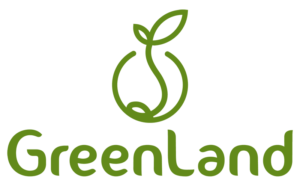
588.33 hectaresfor preservation, equal to 8% of the total farm area
13,064 treesplanted in 2021
980 hectaresdedicated to conservation equivalent to 48% of the total farm area
6,809 treesplanted in 2021



